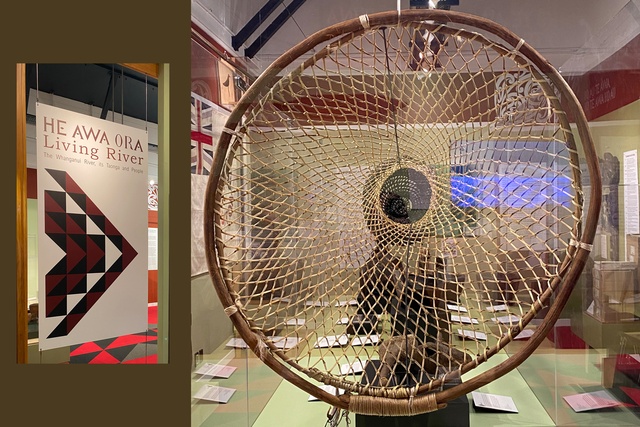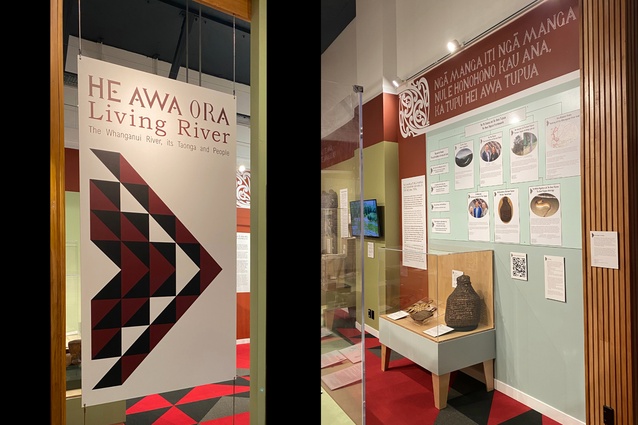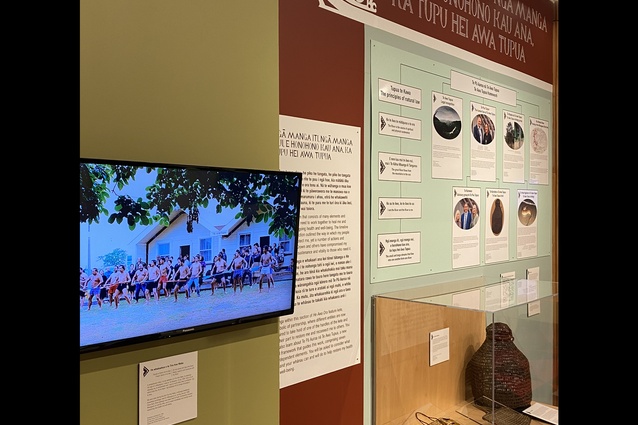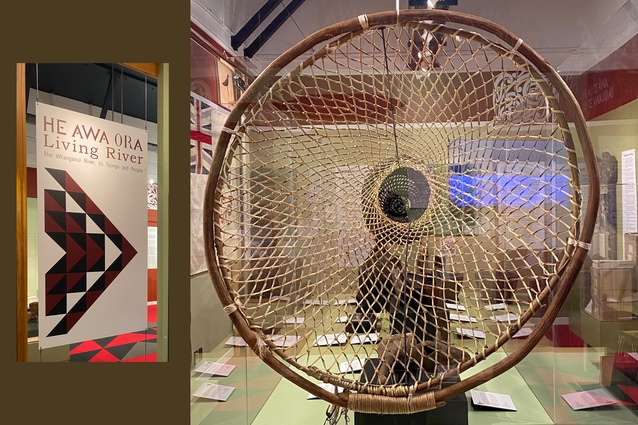2024 Interior Awards, Community Impact Award winner
Congratulations to this year’s Community Impact Award winner — He Awa Ora Living River by Dalgleish Architects.
The jury’s comment:
“Much has been achieved within this space, through simple design gestures that bring focus to the taonga. A soft colour palette representing the colour shift in the awa, from headwaters to moana, is teamed with a hand-drawn custom font. Careful consideration of how and where the taonga should be displayed contributes to telling the story of the awa in a powerful way. We were impressed by how many of the hapori were involved in this kaupapa, from conceptualising and funding to working with students at Palmerston North Teachers’ College to create the kōwhaiwhai patterns alongside Cliff Whiting. He Awa Ora Living River is an extremely important kaupapa, educating people on the significance of the awa and helping to create kaitiaki of the future.”

PROJECT DETAILS:
Location: Whanganui
Client: Whanganui Regional Museum
Building area (m2): 48.18m2
Project brief: The design of an exhibition at the Museum to showcase the legal status of the Whanganui River as a person, and what that means and how it plays out. The story will embody how Whanganui iwi had always viewed their Awa and fought for recognition of the iwi relationship with the Awa since the 1870s. To do this, the past, the present and the future of the Awa and iwi will feature in a narrative supported by taonga Māori, drawing on the collection in the Museum. An important point to make is that the story will be told by Whanganui iwi. The design will draw together the themes and the taonga to tell the story of the Awa as a legal entity. It will conclude with a call to action to care for the Awa.
Credits:
- Project principal – Craig Dalgliesh
- Project lead – Catherine MacDonald
- Cultural curation, liaison and writing – Dr Rāwiri Tinirau
- Museum curator – Libby Sharpe
- Museum director – Bronwyn Labrum
- Textile artist, replica flags – Lee Williams
- Poha weaving – Matthew McIntyre-Wilson
- He reo pōwhiri, voice recording – Piki Waretini and Esther Tinirau
- Photographer, images of the river – Gail Imhoff
“The kaupapa of the exhibition calls for all to behave responsibly. The granting of Te Awa Tupua legal status is not yet met with universal acceptance. The exhibition unapologetically front-foots the call for custodianship by all. The number of school groups from within and without Whanganui means that the message will grow in the next generations. Interestingly, international guests have been noticed to really embrace the idea and tell us the exhibition is of international relevance. Many visitors have cried – Māori, Ngati Tiriti and international visitors.” - Dalgleish Architects.
Whanganui River Enhancement Trust (WRET), National Services Te Paerangi, and Ngā Tāngata Tiaki funded this project.

With thanks to our Interior Awards 2024 sponsors. Find out more about each of our sponsors here.
















